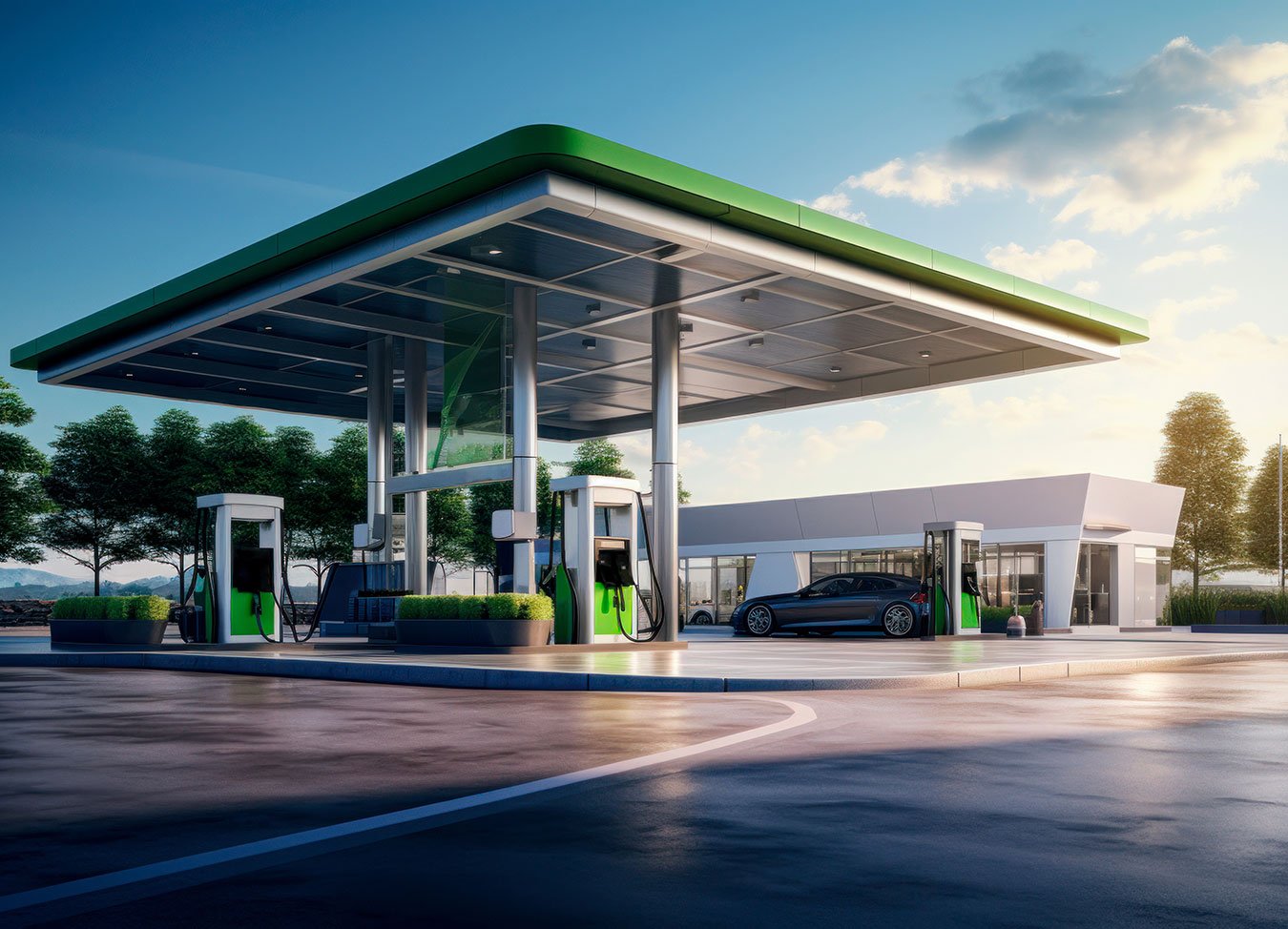
In the ever-evolving landscape of transportation and fuels, one trend is accelerating at an electrifying pace—the rise in electric vehicle (EV) sales. Although the growth is substantial, and the emphasis on the coming energy transition is certainly important, the reality is that internal combustion engine (ICE) vehicles are king and will remain so for the foreseeable future.
Today, only about 1% of vehicles on the road are electric, although a recent GasBuddy survey revealed that 39% of respondents said they are more interested in owning an EV than they were last year. As retailers and consumers alike consider the balance between investments in petroleum and electricity, the question arises: What’s the future of fuel?
The state of fuel today
Looking back at the last several years of fuel sales reveals the ever-changing dynamics facing the petroleum industry. Record high gasoline prices in 2022 and increased political desire to invest in new technologies have combined to accelerate interest in transitioning to cleaner energy. However, recent decreases after 2022’s record-setting gasoline prices could slow the pace of EV adoption. Consumers’ desire to wait for new battery technologies, such as solid-state batteries, could also slow the pace of adoption.
Gas stations have been an iconic fixture on American roads for decades, and there are currently over 150,000 in the US alone. Many stations have begun to adopt EV infrastructure and charge points, but compared to the over 350 million gallons of motor fuel consumed in the US every day, it’s clear that the bulk of EV charging currently happens at home for most EV drivers. While many are looking to EVs as an immediate, sustainable solution, the infrastructure to support long-range electric travel remains fragmented. That factor, both in the near and long term, is where the convenience store comes into play.
What’s next for fuel and EV adoption?
As we look toward the future of fuel, EVs will play an integral role. There’s no doubt that EV adoption is growing—in some states, we’ve seen an increase in EV ownership of over 400% since 2018, and approximately 7% of new vehicle sales are now electric (source: Cox Automotive).
By 2035, about 45% of new car sales could be electric, according to a recent industry analysis (projections based on PDI estimates and IEA’s Announced Pledges Scenario). At this rate, nearly half of the cars on the road would be electric by 2050. When you consider the 350 million gallons of fuel currently sold in the US in just one day, 45 to 50% of that total certainly makes a large impact.
With such rapid market changes, what else can we expect as EVs increasingly enter the picture?
- Effects on gasoline demand: It will be a gradual process, but increased EV adoption does have the potential to affect the way we consume petroleum products. The future of batteries is constantly changing, with manufacturers also introducing PHEVs that are electric but also can fall back to gasoline to charge the vehicle’s battery.
- Policy changes: We’ve already seen a strong focus on sustainability and EV policy on the federal level, and in some states bans on ICE vehicle production are already in place. Policy will be a huge factor when it comes to EVs, providing businesses with more opportunity and financial assistance to develop EV charging infrastructure.
- Evolving retailer strategy: As more convenience stores adopt EV charging and invest in new infrastructure, we’ll see shifts in strategy, particularly in stores. While the average fuel customer spends less than five minutes filling up, an opportunity presents itself to re-invent the convenience store to cater to electric vehicle owners with longer dwell times.
How to prepare
Although a completely electric driving future may be decades away, retailers and wholesalers should start preparing to better serve their customers who are increasingly adopting EVs. Many large c-store operators have already begun investing in new infrastructure with an emphasis on charging stations to meet this evolving demand.
To thrive in this rapidly evolving environment, companies within the fuel industry must embrace change, invest in innovation, and pivot toward solutions that serve their customers’ evolving needs. Those who recognize this and adapt accordingly will be best positioned for success in the years to come.
Position your business for continued success
By connecting convenience across this ecosystem, PDI can help you and your business succeed regardless of what market dynamics you face in 2024.
Contact us today to learn how we can help you transform your business.


